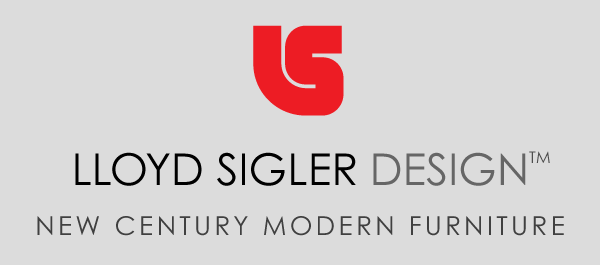Treat your new furniture as you would any piece of fine artwork.
Never sit, stand or place heavy objects on your table.
Never use cleaning products that contain alcohol, lacquer thinner, acetone, paint remover, silicone, ammonia or abrasives on your new furniture.
We recommend against using Pledge® or similar products that contain silicones, oils, waxes and other ingredients which can contaminate the finish and make it problematic to refinish your furniture years later.
Wipe up water, wine and other liquids with a soft cloth as soon as possible to avoid damaging or staining the finish.
Use coasters, place mats or other devices to protect the wood table surface from moisture and scratches.
Never place hot dishes or other hot items directly on the wood surfaces. Always use suitable insulation to protect the table.
Dust often using a dry, soft cloth and wipe with the grain of the wood.
Modern waterborne Urethane, Acrylic, Varnish and Lacquer finishes are quite durable, resistant to spills and long lasting. They have the added advantage of being very low in environmentally harmful VOCs.
Clean wood surfaces using a soft cloth dampened (not wet) with clean water or a very diluted soapy solution. Remove any soap residue with a clean, damp cloth and dry immediately.
Sticky or oily dirt can be removed using a soft cloth lightly moistened with Mineral Spirits.* Remove residue using a clean water-dampened cloth.
Clean wood surfaces using a soft cloth dampened (not wet) with clean water or a very diluted soapy solution. Remove residue with a damp cloth and dry immediately.
Sticky or oily dirt can be removed using a soft cloth lightly moistened with Mineral Spirits.* Remove residue using a water-dampened cloth.
Clean Penetrating Oil Finishes using a water-dampened (not wet) clean cloth and wipe with the grain. Dry thoroughly.
When the finish starts to look ‘dry’, it is time to refresh the finish. See next item.
Never apply in direct sun!
When re-applying these finishes always wipe off any excess oil on the surface after it has penetrated for 15 minutes! Any longer and the oil can harden or become sticky making it difficult to remove! If this should occur, use Mineral Spirits (paint thinner) to remove the sticky build-up from the surface.*
You may use ‘Danish’ Oil or Tung Oil undiluted, or you may dilute them up to 50/50 with Gum Turpentine* or Mineral Spirits* to help penetration on the first coat.
Apply the mixture to a soft, clean cloth, and wipe on working it into the grain. Add more as it absorbs into the wood. The surface should be lightly covered with finish, but not so much that it puddles. Wipe with the grain for even coverage. Allow it to penetrate for 15 minutes, and then wipe off all remaining oil from the surface using a clean, soft cloth and wiping with the grain. After fully drying you may add another coat for additional protection. Follow the same procedure. Let the table dry completely before using it.
Care & Feeding of Your New Furniture*
Follow these tips for a lifetime of enjoyment from your handcrafted, solid hardwood furniture.
Caring for Specific Finishes
Check the back of the brochure you received with your order to find the type of finish applied to your furniture.
Waterborne Finishes
Oil-Based Finishes
Modern oil-based finishes like urethanes, varnishes, etc. are very durable. They offer far more protection than penetrating oils like true ‘Danish’ Oil or Tung Oil.
Penetrating Oil Finishes
Penetrating oil finishes like ‘Danish’ Oil and Tung Oil are not as durable as our other finishes. They should be renewed yearly using the appropriate material.
DO NOT WAX PENETRATING OIL FINISHES!
RE-APPLICATION OF PENETRATING OILS
‘Danish’ Oil Finishes: Use a quality polymerized linseed oil (we use Tried & True brand ‘Danish’ Oil which contains 100% polymerized linseed oil/aka flax oil). We do not use Watco® ‘Danish’ Oil.
Tung Oil Finishes: Use a quality 100% Tung Oil that does not contain petroleum distillates or other additives.
Leveling Your Table
Some of our larger designs come with recessed leveling feet on the bottom of each leg to accommodate uneven floors or the natural movement of solid woods over time.
Step 1: Adjust all leveling feet so they are fully into the legs. Your table should be resting entirely on the bottom wood or felt pads.
Step 2: If the table rocks, adjust ONLY the feet on legs that don’t touch the floor. Adjust them just enough to contact the floor.
NOTE: Do not raise the table so all adjusting feet are in contact with the floor! This can cause the table to ‘rattle’.
*Always read and follow the cautions, warnings and directions on all product packaging before using any of the mentioned products. Rags used to apply oil-based finishes, penetrating oil finishes, turpentine, and mineral spirts can spontaneously combust if not disposed of properly!
© 1999–2024 SiglerGroup, Inc. All rights reserved.
